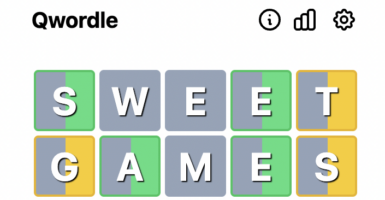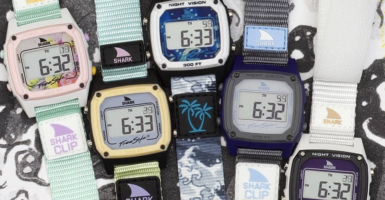Hits From 1966 That Aged Like One-Hit-Wonders And Legends Alike
When an era is widely defined by an era and sound, it’s not uncommon for people to look back on that time with a short list of stone-cold classics in mind. Indeed, those depicting the world in the ’60s in a movie may be inclined to use “All Along The Watchtower,” “Fortunate Son,” or “California Dreamin’,” depending on the mood the filmmakers seek to convey.
Yet, not only were there so many more hits at the time than these, but we can also often find that the songs we remember best from a decade weren’t actually its biggest hits at the time. Curiously, that means the songs everyone knew then are sometimes the least likely to be remembered now.
? And The Mysterians – “96 Tears”
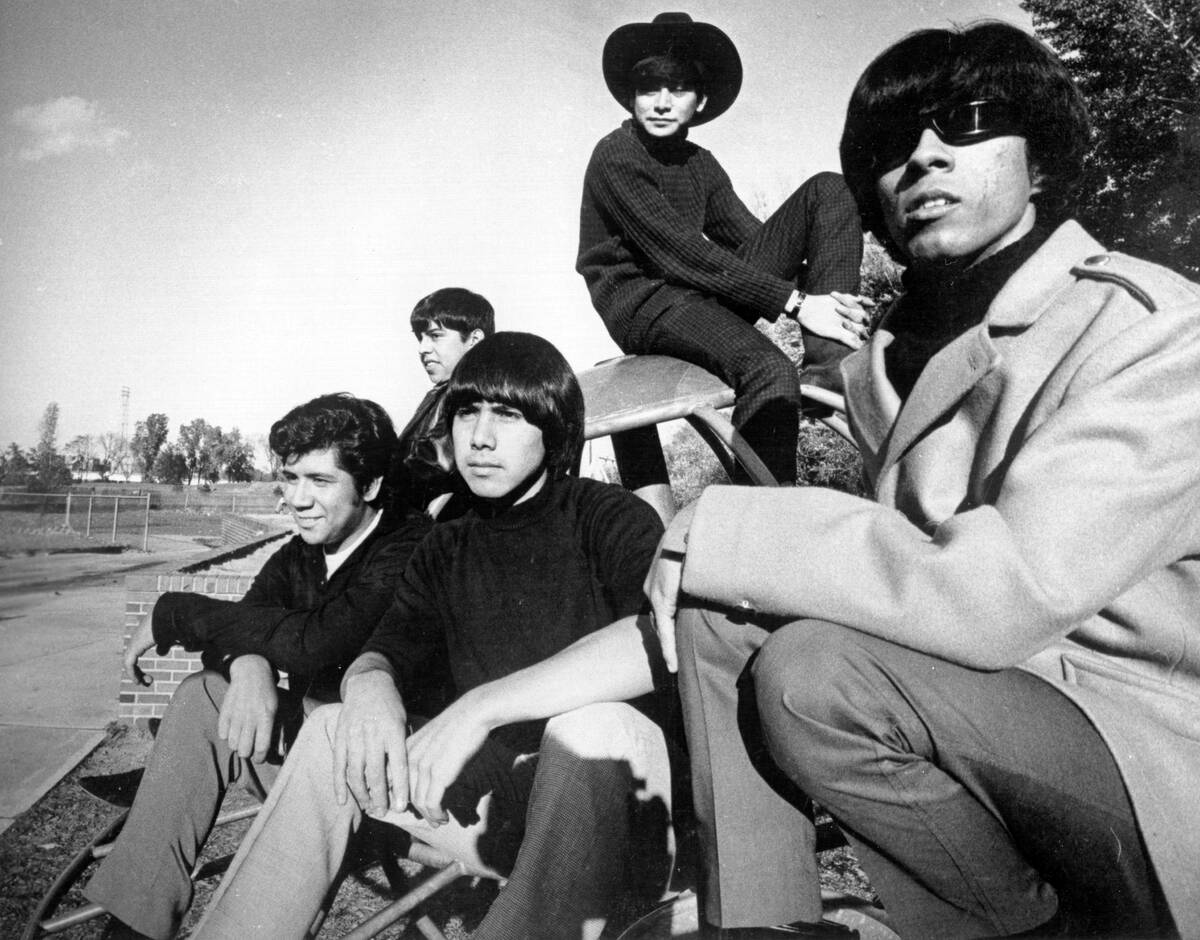
? And The Mysterians were led by Rudy “Question Mark” Martínez, who had the right instincts when he insisted that the bitter breakup song “96 Tears” serve as the A-side for his band’s debut single. After it did well in their home state of Michigan, enough radio play was attracted to make it a nationwide phenomenon.
And what a phenomenon it was, as “96 Tears” not only had the distinction of being one of the first garage rock hits, but can credibly be considered one of the earliest progenitors of the punk movement on the ’70s. Although “96 Tears” was a number-one hit, ? And The Mysterians would start falling off the charts by the following year.
Jimmy Ruffin – “What Becomes Of The Brokenhearted”
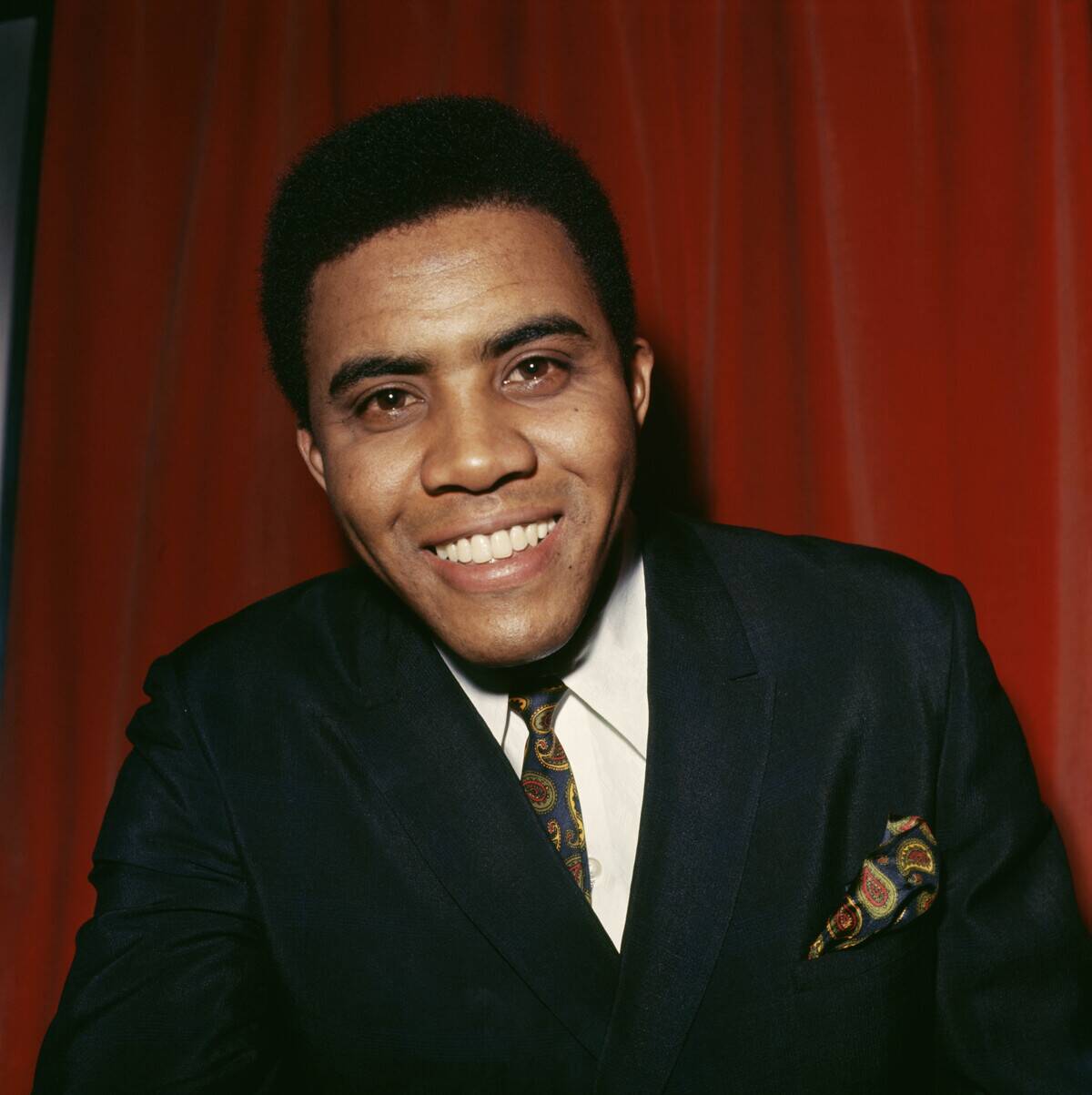
If the surname “Ruffin” sounds familiar, it’s because Jimmy Ruffin was the older brother of Temptations lead signer David Ruffin. Although he wasn’t part of the group, Ruffin was nonetheless his brother’s labelmate at Motown Records, starting as a session singer while also working at a Ford assembly plant.
Eventually, however, he became a hitmaker in his own right in 1966, as “What Becomes Of The Brokenhearted” went to number seven on the Billboard Hot 100. Despite not occupying any of the chart’s top five spots, the song would nonetheless go on to be considered the third-biggest hit of the year.
The Monkees – “Last Train to Clarksville”
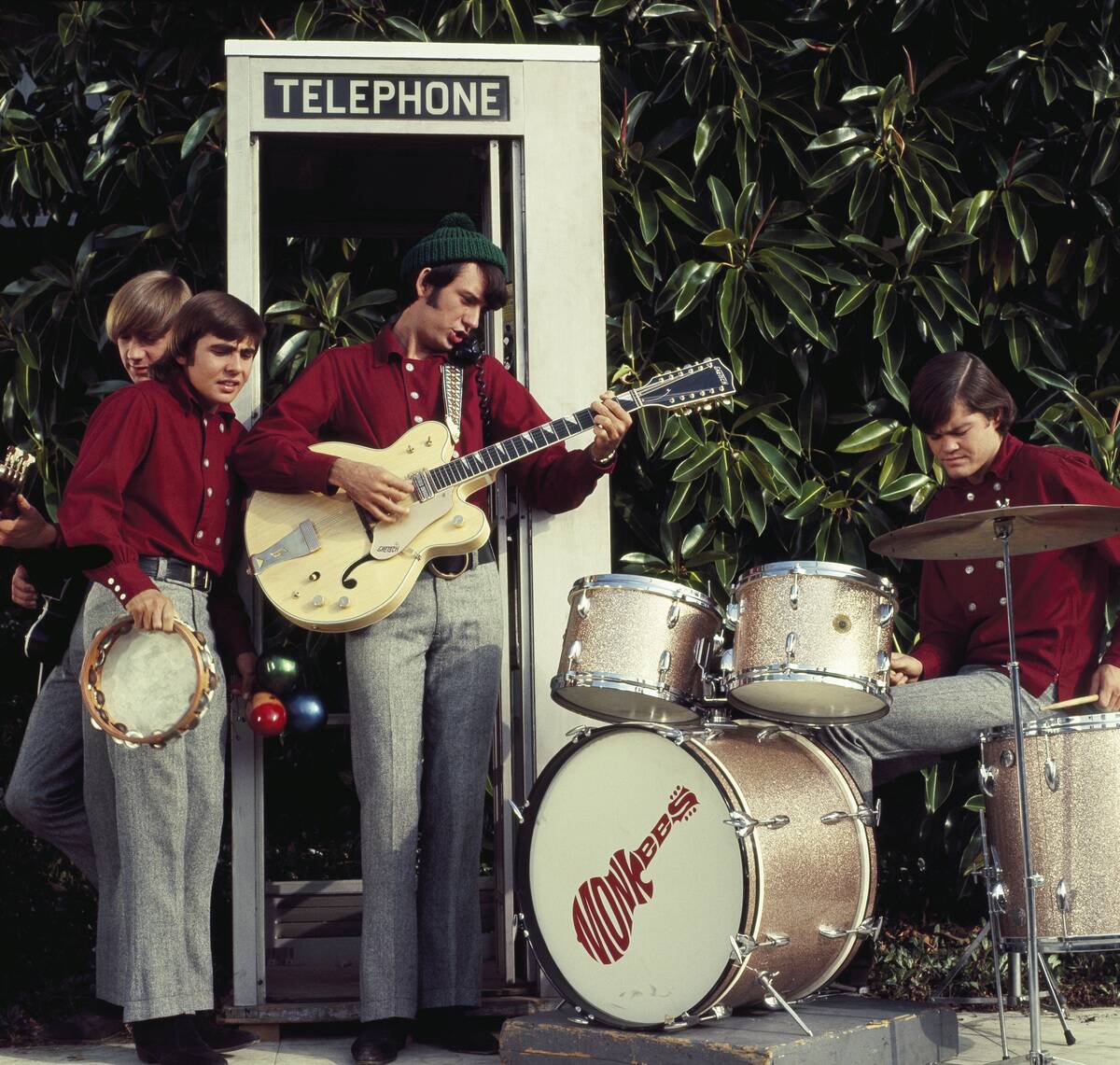
Although they would have preferred to be known for their own songwriting and playing, The Monkees were nonetheless a seriously popular act in the late ’60s, scoring three number-one hits between 1966 and 1967. Although “I’m A Believer” split its success between 1966 and 1967, “Last Train To Clarkesville” primed the pump for its success.
The Monkees’ first number-one hit wasn’t directly a protest song and its reference to a town bearing the training facilities for the 101st Airborne Division was apparently a coincidence. Nonetheless, the implications of a couple having their final meeting before the protagonist embarks on a voyage he may not return from had obvious reasons to resonate with youths during the Vietnam draft.
The Four Tops – “Reach Out I’ll Be There”
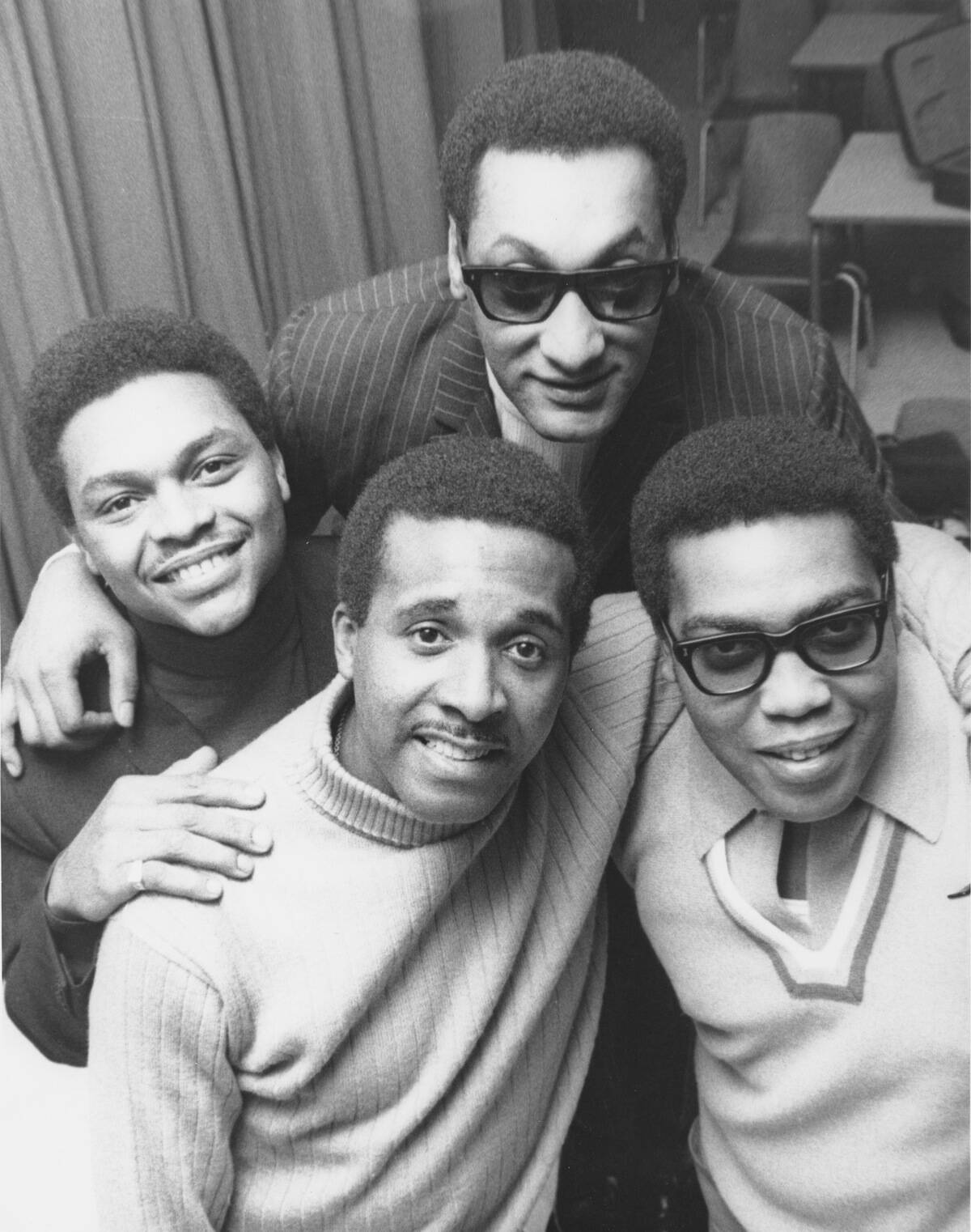
Although “Reach Out I’ll Be There” was not the only number-one hit enjoyed by venerable soul act The Four Tops, it’s definitely fair to say that it’s since become their signature song. In addition to the powerful, catchy harmonies in the chorus, Levi Stubbs’ passionate vocal scraping at the top of his range was a major driver of the song’s appeal.
“Reach Out I’ll Be There” stayed at the top of the Billboard Hot 100 for two weeks and topped the organization’s R&B chart for the same duration. The song also had the distinction of being the second ever song from Motown to top the U.K. charts, where it remained at the number-one spot for three weeks.
Nancy Sinatra – “These Boots Are Made For Walkin'”
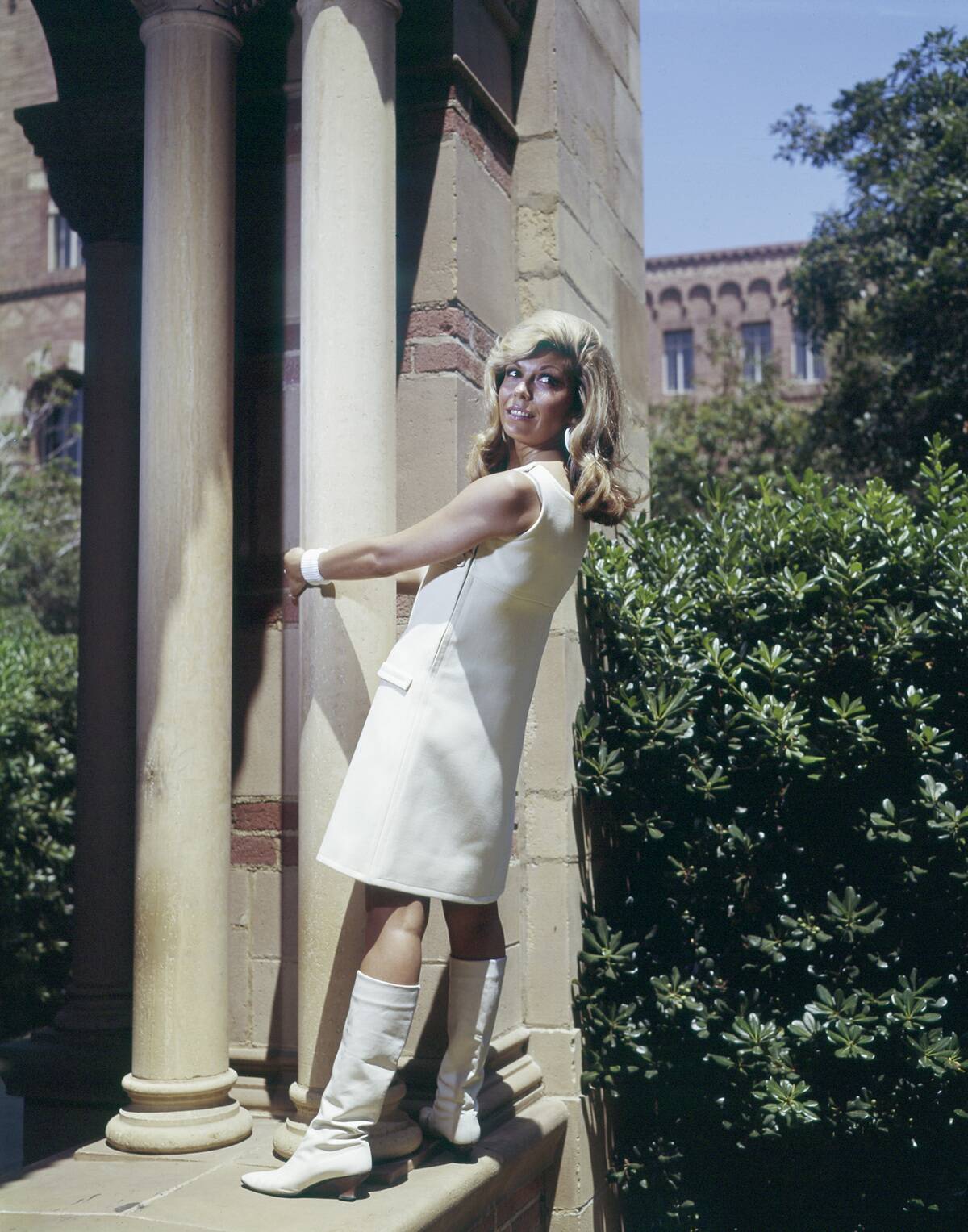
Although Nancy Sinatra’s frequent collaborator Lee Hazlewood intended to record “These Boots Are Made For Walkin'” himself, Frank Sinatra figured that it would sound overly harsh coming from a man. Coming from his daughter’s slighter voice, however, there would be something more self-assured, mysterious, and even sensuous about it.
Indeed, that was typically the character of the myriad cover versions the song would spawn over the decades. In Sinatra’s hands, however, it would become a number-one hit in both the U.S. and the U.K., which hasn’t been accomplished by any other version of the song.
The Association – “Cherish”
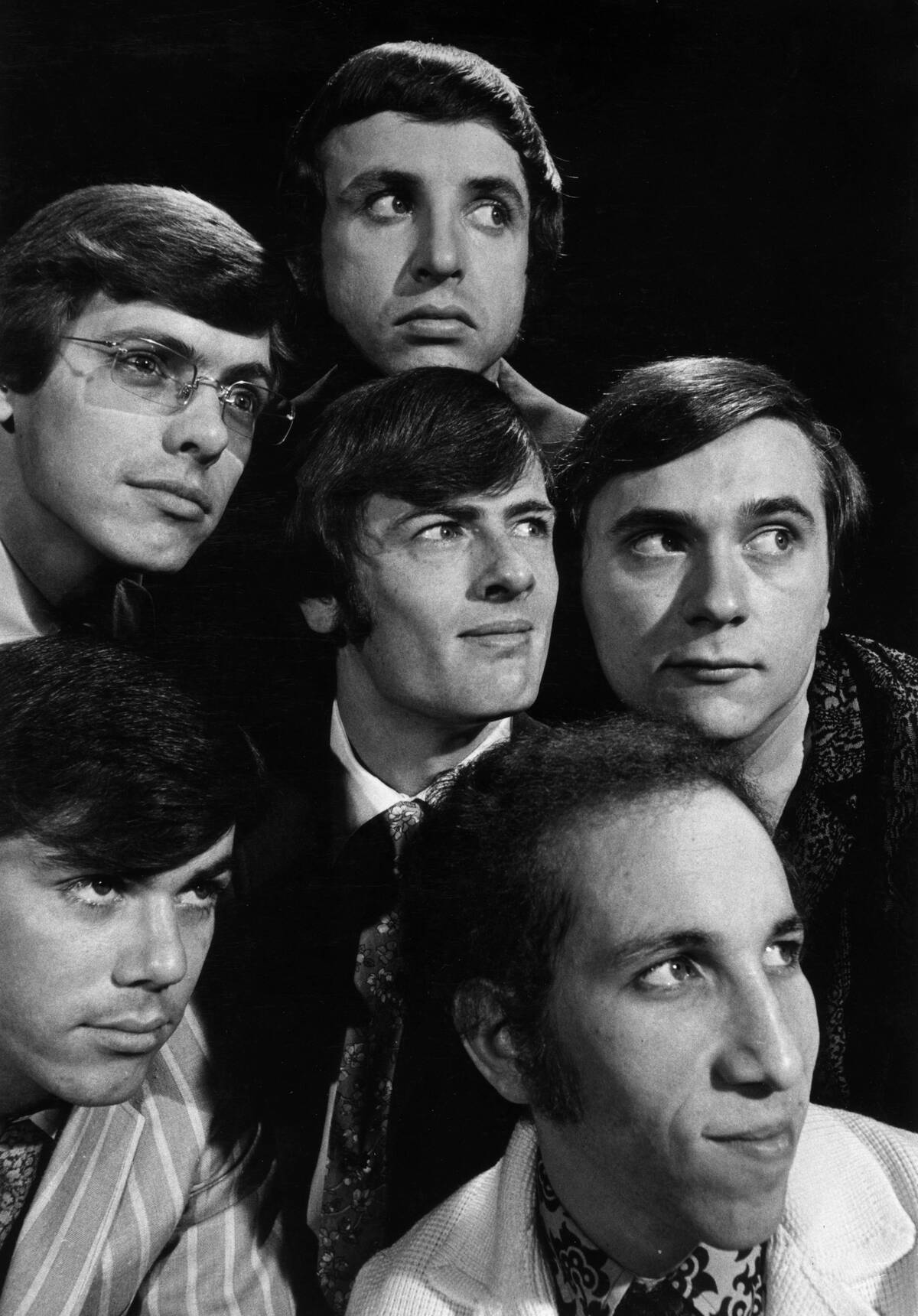
The Association would have some enviable success throughout late ’60s, but it all started in the summer of 1966. First, they achieved a top-ten hit with “Along Comes Mary” but really hit big with “Cherish.” This ode to missed connections and unrequited love would mean so much to an impressive number of people that it would become their first of two number-one hits.
“Cherish” remained at number-one for three weeks and while it was initially ranked as the seventh-biggest song of 1966 on the year-end chart, a later revision of the rankings would make it the second-biggest song.
Frank Sinatra – “Strangers In The Night”
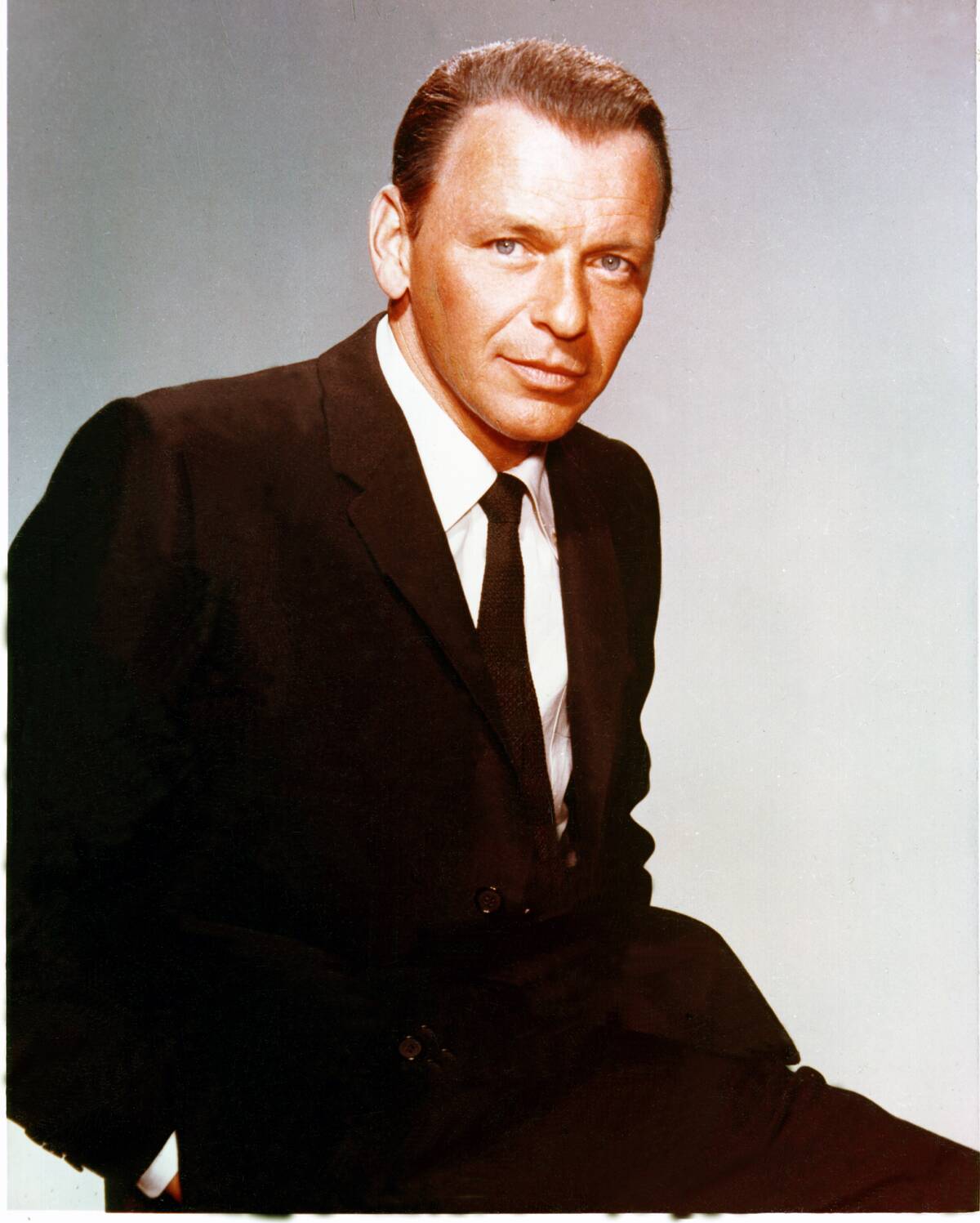
Although the Chairman of the Board has had 44 songs over his legendary career chart on the Billboard Hot 100, only three of them were actually top-ten hits. Moreover, of the two number-one hits he had, he only achieved one of them solo because the other was his and his daughter Nancy’s 1967 rendition of the song, “Somethin’ Stupid.”
Instead, “Strangers In The Night” became Sinatra’s first number-one hit, an honor he achieved in both the U.S. and the U.K. Better yet, the single’s success led to the release of an album by the same name, which would become his most successful record.
Paul Revere & The Raiders – “Kicks”
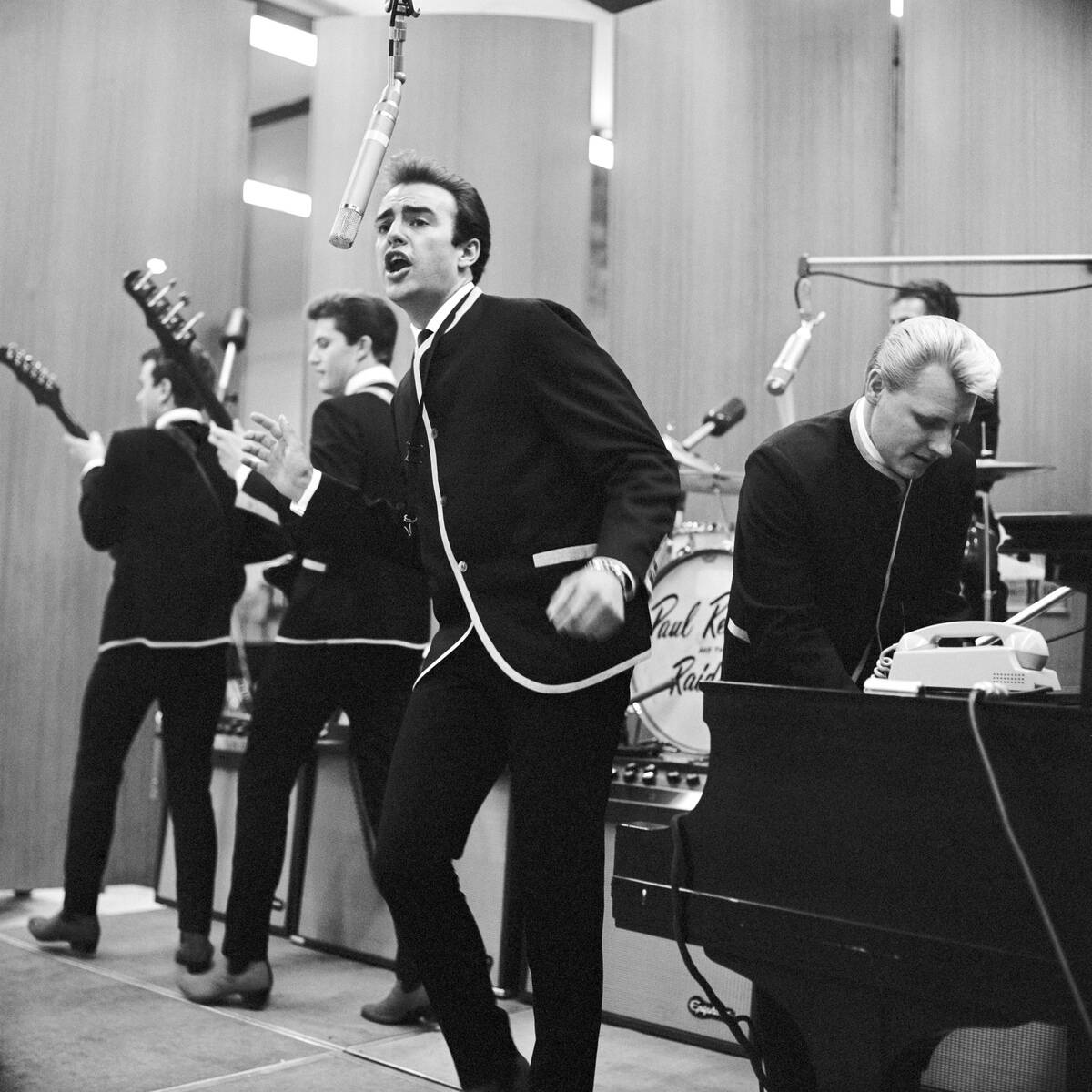
Although they’re remembered for their version of “Louie, Louie” that dueled with The Kings men’s iconic version for chart dominance, the late ’60s saw them enjoy a fair few top-ten singles. Improbably for the time period, one of their biggest singles was “Kicks,” a song about the emptiness of experimenting with narcotics.
Naturally, this wasn’t what the kids who would listen to Jefferson Airplane by the next year were interested in, but it must have been a big hit in Squaresville because “Kicks” reached number four on the Billboard Hot 100. It also made it all the way to number one in Canada.
SSgt. Barry Sadler – “The Ballad of the Green Berets”

In the same way that some wouldn’t expect an anti-drug song to do well in an era that practically ran on various and sundry narcotics, it’s likely jarring to learn that an era all but defined by Vietnam War protests had a song positively depicting the U.S. military in that conflict become one of the year’s biggest hits.
However, it’s worth remembering that while the hippie movement was bubbling up from the underground by 1966, it was still a counter-cultural movement. This meant that far more people at the time would have been likely to appreciate Barry Sadler’s song about the bravery of green berets than a song protesting their presence in Vietnam. After all, “The Ballad Of The Green Berets” was number one for five weeks for a reason.
The Mamas & The Papas – “California Dreamin'”
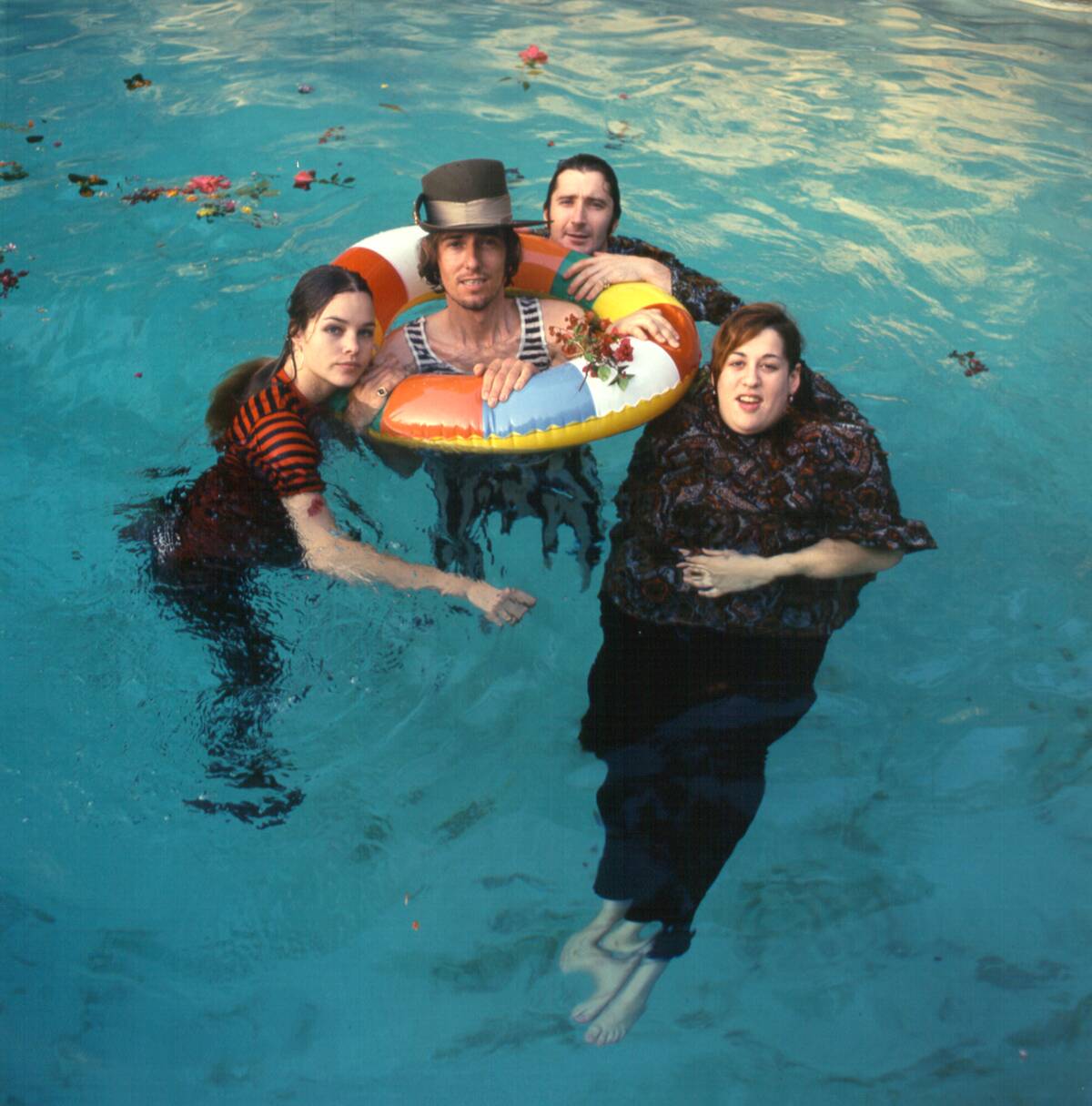
Although some songs represent an era more in retrospect, The Mamas And The Papas song “California Dreamin'” was as beloved and representative of the vibe of the California music scene in 1966 as it would come to be in later decades.
As serene as the instrumentation was and as impressive as the harmonies were, however, “California Dreamin'” had a more surprising path to being the biggest hit of 1966 than it may seem. Although the band did have a number-one hit that stayed at the top for three weeks that year, it was “Monday, Monday.” “California Dreamin'” topped the Billboard Year End list for 1966 despite only making it to number four on that year’s weekly charts.
The Young Rascals – “Good Lovin'”
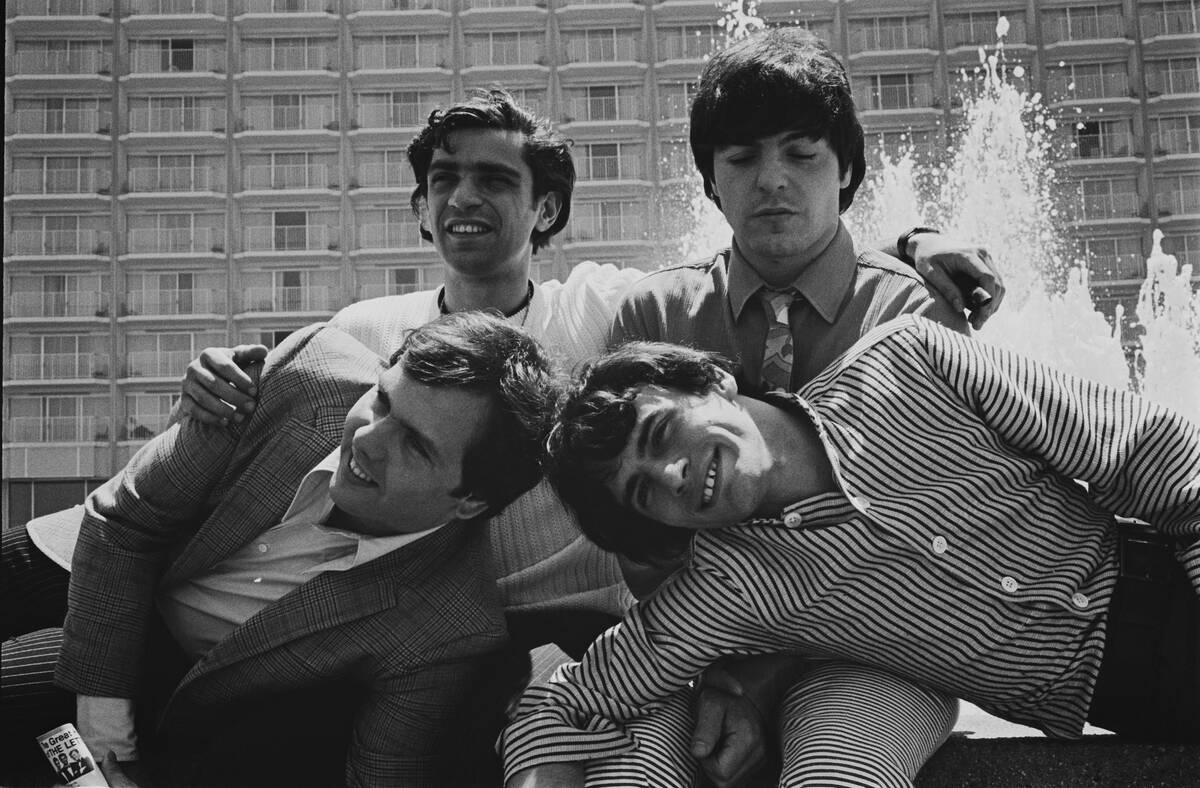
Some songs are so groovy and catchy that they can still be fun crowd-pleasers decades later and the Young Rascals song “Good Lovin'” has stood the test of time in that exact way. Oddly, that’s not necessarily as true of their second number-one hit “Groovin,'” which one could be forgiven for not realizing existed until now.
Yet, while “Good Lovin'” wasn’t the first song the Young Rascals put on the Billboard Hot 100, the fact that it was their first to top that chart surely opened most of the doors for their future success.
The Righteous Brothers – “(You’re My) Soul and Inspiration”
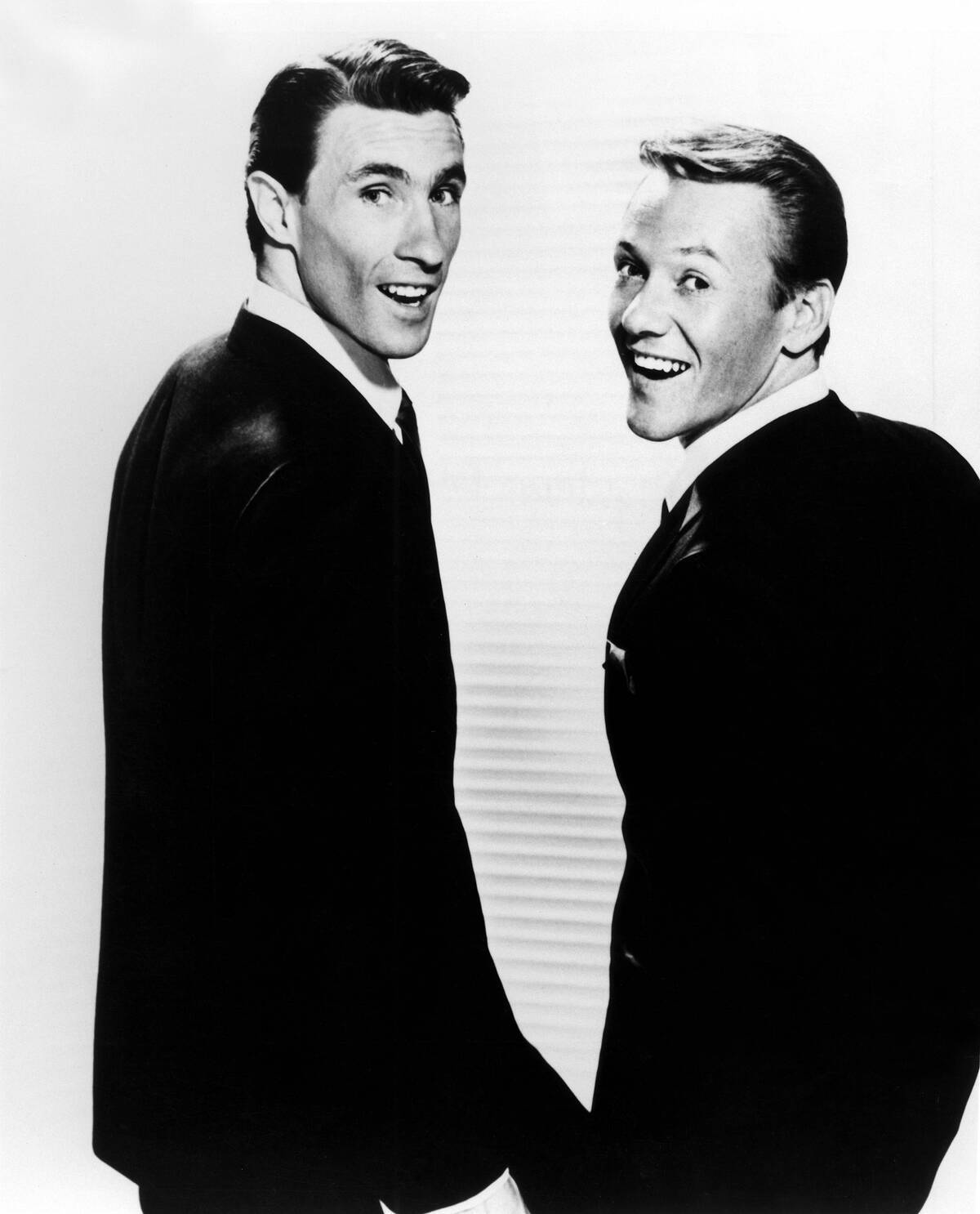
Bobby Hatfield’s sweeter, higher voice always contrasted well with his fellow Righteous Brother Bill Medley’s powerful, smokey baritone. Although that was true in harsher songs of lost love, Medley’s voice could also complement Hatfield’s when it softened for a more traditional love ballad.
That’s handy because it’s hard to convey a more romantic sentiment than “(You’re My) Soul and Inspiration.” And it appears the public agreed because that song not only went all the way to number one but stayed there for three weeks. That made it the biggest hit the duo ever achieved.
The Supremes – “You Can’t Hurry Love”
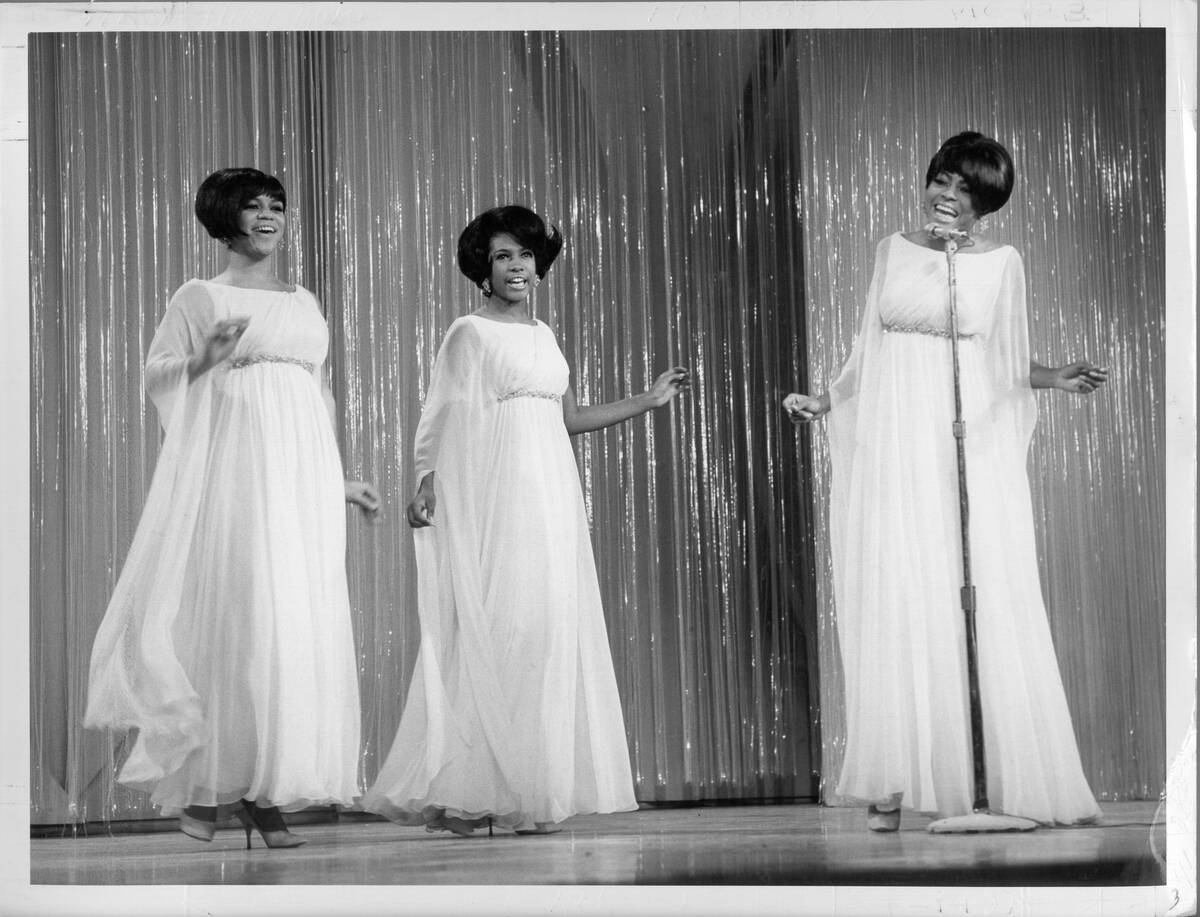
It seems that the motherly wisdom expressed in the buoyant and bouncy Supremes hit “You Can’t Hurry Love” is truly timeless, as the song would not only remain popular in the decades to come to attract multiple cover versions on the way. However, none of them would hit quite like the original.
That’s because “You Can’t Hurry Love” would become a top-ten hit in five different countries and reach number one in the United States and Canada. In the case of the Billboard Hot 100, it remained at the top spot for two weeks.
Bobby Hebb – “Sunny”

“Sunny” is a tender love song that sees a woman by that name take the rain away from Bobby Hebb’s previous days and that endearing framing propelled its success with the public. However, it was actually the result of Hebb trying to maintain a positive mindset while he was still grieving his murdered brother.
Whether the public knew the song’s true origin or not, they went out and bought it in droves, as “Sunny” was number one on Billboard’s Cash Box chart. The song also peaked at number two on the Billboard Hot 100.
The Happenings – “See You In September”
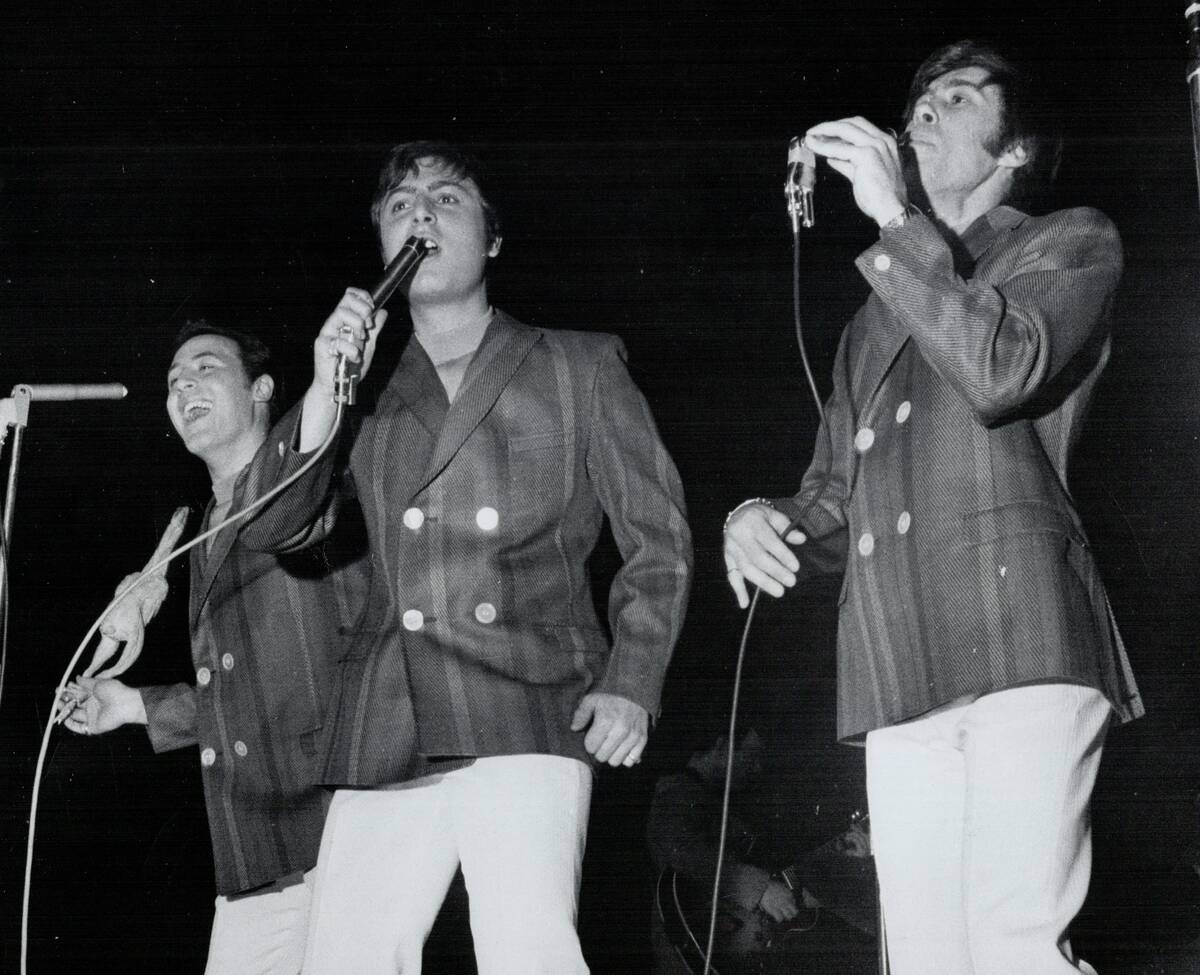
Despite the fact that most kids want school to be the last thing they think about while they’re enjoying their summer vacations, that didn’t appear to stop The Happenings from making “See You In September” a major hit by July 1966. There’s wasn’t the first version to chart, as the original recording by The Tempos peaked at number 23 in the summer of 1959.
However, The Happenings brought the song to new heights in 1966, as their version made it to number three on the Billboard Hot 100. However, the song made it to number one in Canada and, curiously, Brazil.

